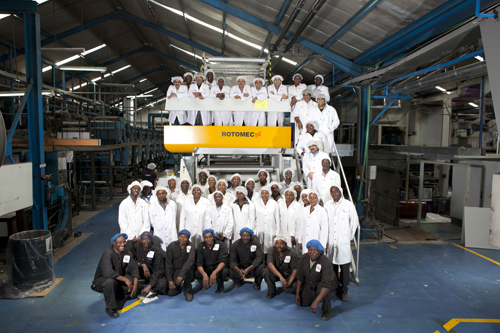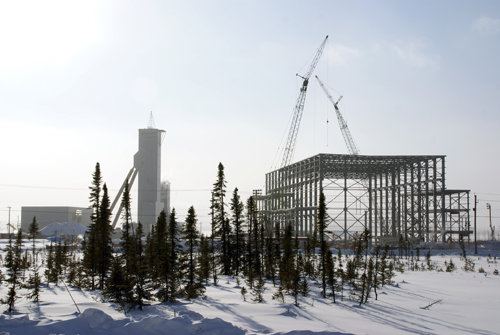
With the 13th largest economy in terms of nominal gross domestic product (GDP), Mexico has a long-standing tradition as a mining country with its history dating back to the pre-Columbian days, when mining was practised by the Maya, Aztec, Mixteco and Zapoteco peoples. Since those early days the country’s underground resources have played a significant role in the development and prosperity of its economy.
DOWNLOAD
 NWM-AM-Mining-June13-Bro-s.pdf
NWM-AM-Mining-June13-Bro-s.pdf










